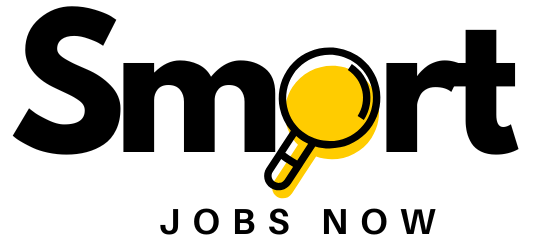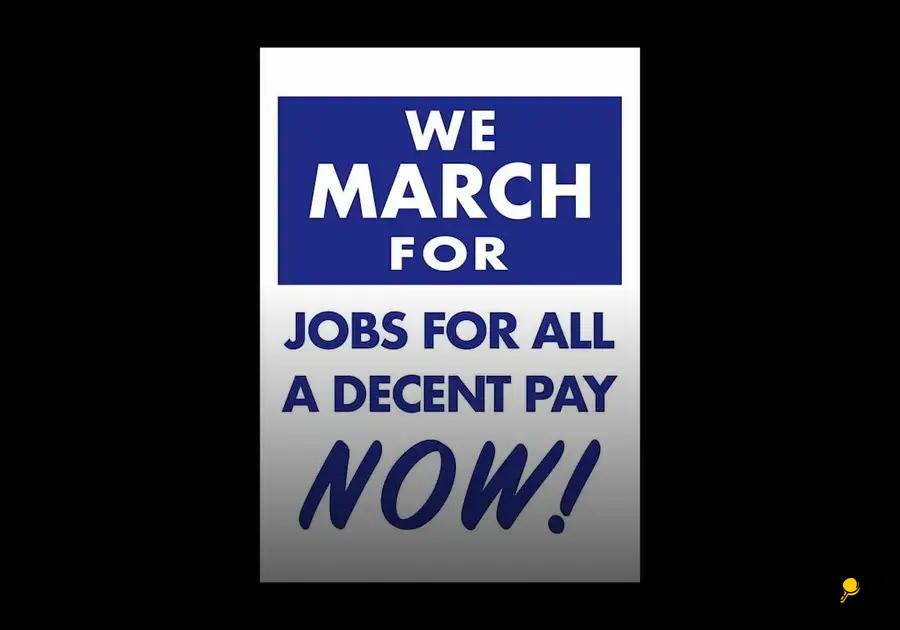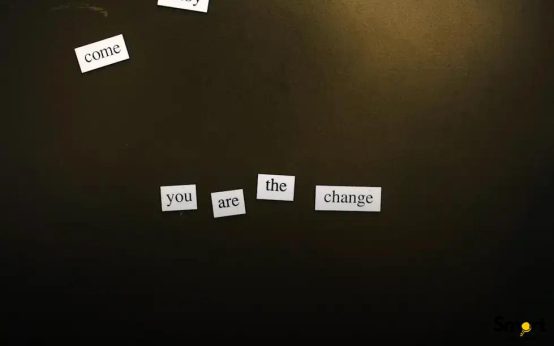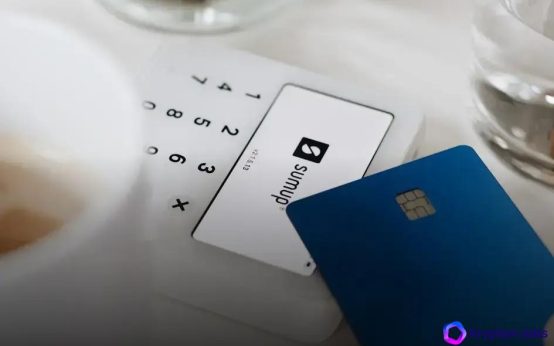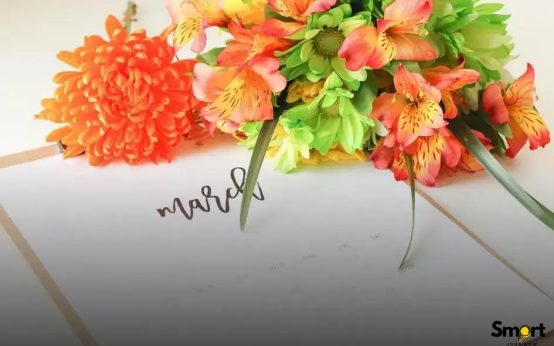Navigating the post-interview process can often feel daunting, but mastering how to follow up after an interview is crucial to securing your dream role. From understanding suitable timelines to crafting the perfect messages, every detail matters. In this guide, we’ll explore essential follow-up strategies to enhance your chances and make a lasting impression. Whether it’s the timing of your message or leveraging social media, knowing the right moves could be the key to your success.
Why Following Up is Crucial
In the competitive job market, securing a position doesn’t always end with the interview. A crucial step is the follow-up process, which can significantly influence the employer’s decision. Why is following up so essential?
Firstly, it shows gratitude. Sending a follow-up message portrays your appreciation for the opportunity and time given by the interviewer. This attitude can be viewed favorably by the hiring team, setting you apart from other candidates.
Moreover, following up reiterates your interest in the position. Employers often interview multiple candidates, and a well-timed follow-up can keep you fresh in their minds. It reinforces your enthusiasm and motivation to be part of their team.
Additionally, a follow-up can be a chance to clarify any points you think didn’t come across strongly during the interview. It’s an opportunity to address potential concerns and to offer solutions or insights that enhance your application.
Lastly, following up professionally demonstrates your communication skills. Employers value candidates who communicate effectively and respectfully, relating closely to workplace dynamics.
When to Send Your Follow-Up
Understanding the optimal timing for sending your follow-up can significantly influence your chances of success. It’s essential to balance promptness with patience. The timing shows your interest and your understanding of professional etiquette.
Immediate Gratitude
First and foremost, send a thank-you email within 24 hours after the interview. This should be a brief message expressing appreciation and reiterating your interest in the position.
Consider the Decision Timeline
If the interviewer mentioned a specific date for making a decision, respect that timeframe. If no date was given, a general rule is to wait about a week before following up again. This shows you respect their process while maintaining your enthusiasm.
End of the Week Strategy
If you’re unsure about the decision timeline, consider reaching out on Thursday or Friday. Studies suggest that emails sent on these days receive higher open and response rates. This timing works well as a gentle reminder before the hiring team wraps up their week.
When sending your follow-up, be concise but substantive. Refer back to specific points discussed during the interview to reinforce your fit for the role. An appropriately timed follow-up can help you stay top of mind without appearing pushy. Remember, persistence is key, but patience shows professionalism.
Crafting the Perfect Follow-Up Email
The key to crafting the perfect follow-up email after an interview lies in its structure and tone. First, make sure to thank the interviewer for the opportunity. This is an excellent chance to express gratitude and keep the tone positive.
Start your email with a concise and polite greeting. Briefly recap something memorable from your interview that stood out to both you and the interviewer. This could be a shared interest or a particularly engaging topic you discussed during the interview. By doing so, you remind them of the connection you established.
In the body of your email, reiterate your enthusiasm for the role. Clearly state why you believe you are a great fit for the position, and—if not mentioned during the interview—include any additional information or qualifications that might strengthen your case.
Keep the email concise, focusing on the most compelling aspects of your fit for the team, but avoid repeating your entire resume. Always be respectful of their time and keep paragraphs short and digestible.
Don’t forget to include your contact information so it’s easy for them to respond. End the email by expressing a forward-looking sentiment, like hoping to discuss the role further.
Proofread your email carefully to ensure there are no typos or errors, as these can detract from your professionalism. Finally, a polite and professional sign-off leaves a lasting impression. Following these steps can significantly enhance your chances of making a favorable impression.
What to Do If You Don’t Hear Back
If you haven’t received a response after following up, it’s important to stay proactive without appearing impatient. Firstly, re-evaluate the timeframe since your last communication. It’s crucial to respect the interviewer’s schedule—waiting at least a week before reaching out again is often advisable.
Check your email’s spam or promotions folders. Sometimes important emails can accidentally land in these folders, and you may have missed a response. Additionally, reviewing your junk folders periodically ensures nothing slips through the cracks.
Reflect on the interview process. Did they provide a timeline for their decision? It’s essential to consider any specific instructions they may have given regarding communication.
Consider reaching out to the organization’s HR department for updates. Craft a polite and concise message that reiterates your interest in the role and inquires about any updates. Using phrases like “I remain very interested in the position” can reaffirm your enthusiasm.
Leverage Networking
Utilize LinkedIn or other professional networks. If you’re connected with someone at the organization, a gentle inquiry through a mutual connection could provide insights into the hiring process. Ensure your messages remain professional and courteous.
Finally, maintain a positive attitude and continue your job search. Even if this opportunity doesn’t materialize, staying focused and optimistic is critical to finding the right position.
Leveraging Social Media for Follow-Up
Enhance Your Follow-Up Strategy with Social Media
Tapping into social media platforms can significantly boost your follow-up efforts after a job interview. It’s not just about sending a message; it’s about engaging thoughtfully.
Begin by connecting with your interviewer on LinkedIn. Make sure your profile is polished and professionally attractive. A personalized message can be a soft reminder of your interview, showing genuine interest in the company and its culture. Mention a specific aspect of the interview or a shared interest to make the connection feel less transactional.
Use Twitter to follow the company and engage with their content. Retweet insightful articles or updates they post. Stay professional, and avoid spamming their feed with likes or replies.
Joining industry-specific groups on platforms like Facebook and participating in discussions can also place you on their radar. Share relevant articles or insights to build a professional presence.
It’s essential to keep everything professional. Avoid oversharing personal information or expressing opinions that could be viewed as controversial.
Leveraging social media appropriately can subtly remind your interviewer of your enthusiasm and professionalism, positioning yourself as a proactive and well-rounded candidate.
